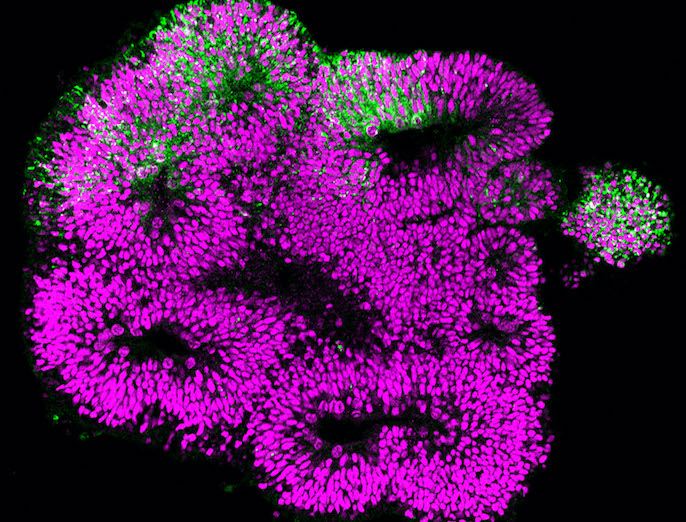Sphingomyelinase — Role in lung disorders
Chronic obstructive pulmonary disease (COPD) can cause pulmonary hypertension (PH) in some HPV patients and they have much poorer chances of survival. PH or high blood pressure in the lungs could occur when HPV tries to compensate for chronic hypoxia. Failure of HPV, on the other hand, can cause hypoxaemia (a state where blood oxygen levels are too low). This is seen in patients who have pneumonia, sepsis, trauma or acute respiratory distress syndrome (ARDS).Neutral sphingomyelinase (nSMase) has been associated with normal HPV activation as well as lung pathophysiological disorders. The 36-month EU-funded project SMASE-HPV(opens in new window) was initiated to elucidate the role of nSMase in HPV and PH and to find therapeutic options to treat ARDS and diseases arising from HPV alterations.Project members elucidated the role of nSMase in the signalling pathway for hypoxia sensing and HPV activation in humans, rodents and chickens. Testing on COPD patients with and without PH and in animal models of PH revealed lower mRNA levels of nSMase.Patients were also tested for genetic variations that can be linked to PH in COPD patients. A mutation was found in the SMPD3 gene that was specific to only PH with COPD patients, but present in only a few patients. This indicates that it is not a good biomarker for PH for most of the COPD patient population.The effect of nSMase inhibitor GW4869 was tested in two PH models and the role of acid SMase (aSMase) was assessed in an ARDS model. aSMase proved to play a key role in causing HPV failure and lung dysfunction. While nSMase inhibition proved ineffective, aSMase inhibition effectively prevented dysfunction in lung blood vessels in the ARDS model. Project activities have provided greater insight into HPV and the hypoxia-sensing mechanism as well as how disruptions can cause lung disorders. aSMase inhibition could be an effective therapy for ARDS, which is associated with a mortality rate of about 40 % and mostly unresponsive to treatment.






